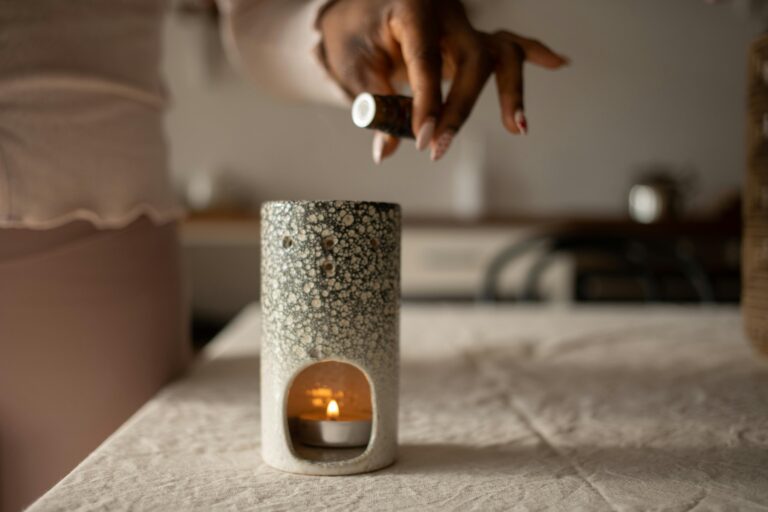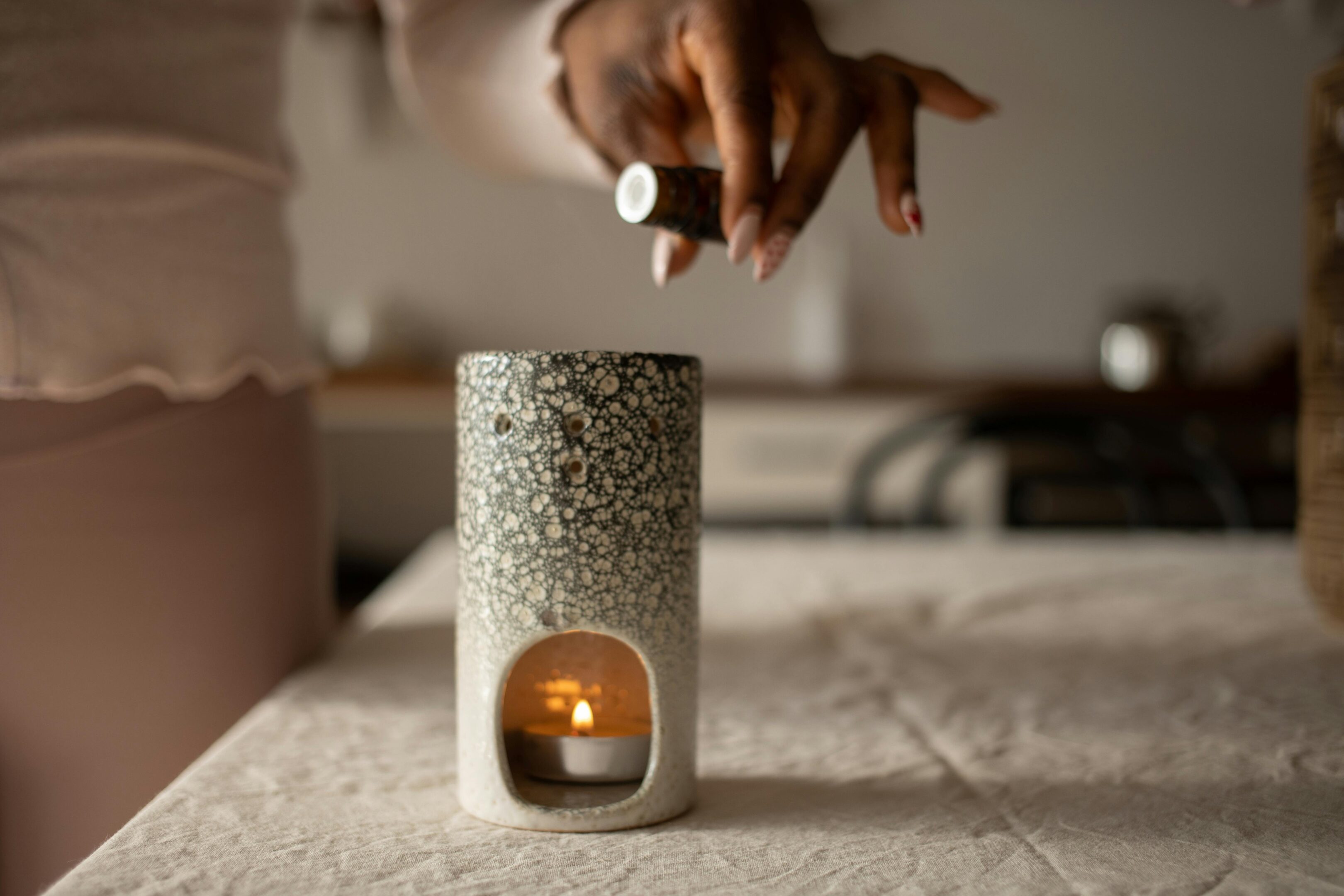Scented Candles and Air Fresheners - The Hidden Risk

Scented candles and air fresheners are popular for creating a cozy atmosphere, but many of them include unidentified compounds that could degrade indoor air quality. According to research, these products frequently emit volatile organic compounds (VOCs), such as phthalates, formaldehyde, and benzene, which can contribute to long-term health risks.
The Problem with Scented Candles and Air Fresheners
Petroleum-based paraffin wax and artificial perfumes used in many traditional candles and air fresheners release volatile organic compounds (VOCs) as they burn. Phthalates, which are frequently found in synthetic fragrances, are endocrine disruptors associated with hormonal disorders, and formaldehyde, a known carcinogen, can be generated as a consequence of combustion.
A study by the U.S. Environmental Protection Agency (EPA) found that indoor air can be 2–5 times more polluted than outdoor air, partly due to these products. Long-term exposure has been associated with respiratory issues, headaches, and even increased cancer risk.
Safer Alternatives for a Healthier Home

To reduce exposure, consider these alternatives:
- Diffusers of essential oils that use only pure oils
- Candles made of beeswax or soy with wood or cotton wicks (they burn cleaner than paraffin)
- Natural air filters such as baking soda or activated charcoal
Improving Air Quality Naturally
- Open windows frequently to let in fresh air.
- Make use of toxins-absorbing houseplants like snake plants, peace lilies, or spider plants.
- Choose homemade room sprays prepared with water and essential oils instead of aerosol sprays.
Creating a Toxin-Light Home Without Sacrificing Comfort
You don’t have to give up ambiance just choose wisely. Look for unscented or naturally scented products, check labels for phthalate-free and non-toxic certifications, and prioritize proper ventilation. By making small changes, you can enjoy a fresh, inviting home without compromising air quality.










